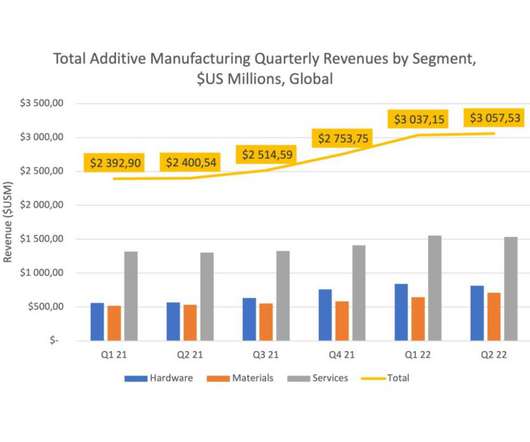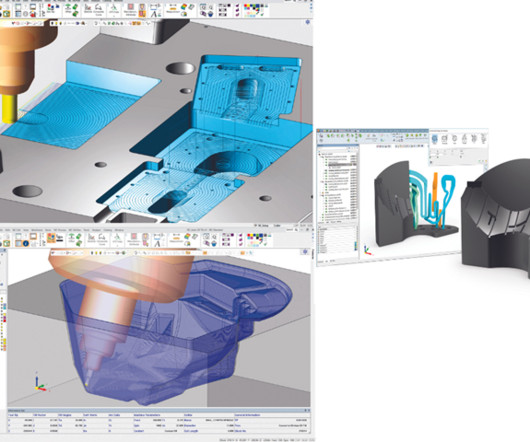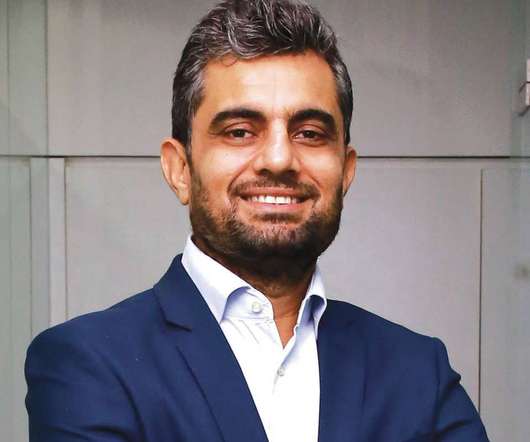Global additive manufacturing industry shows growth in Q2 2022
AU Manufacturing
SEPTEMBER 30, 2022
The figure marks a 27 per cent increase in comparison with the period of 2021, but the streak of six consecutive quarters of sequential growth ended due to inflation and global supply chain disruptions, the market research and industry analysis provider detailed in its report. . “We












Let's personalize your content